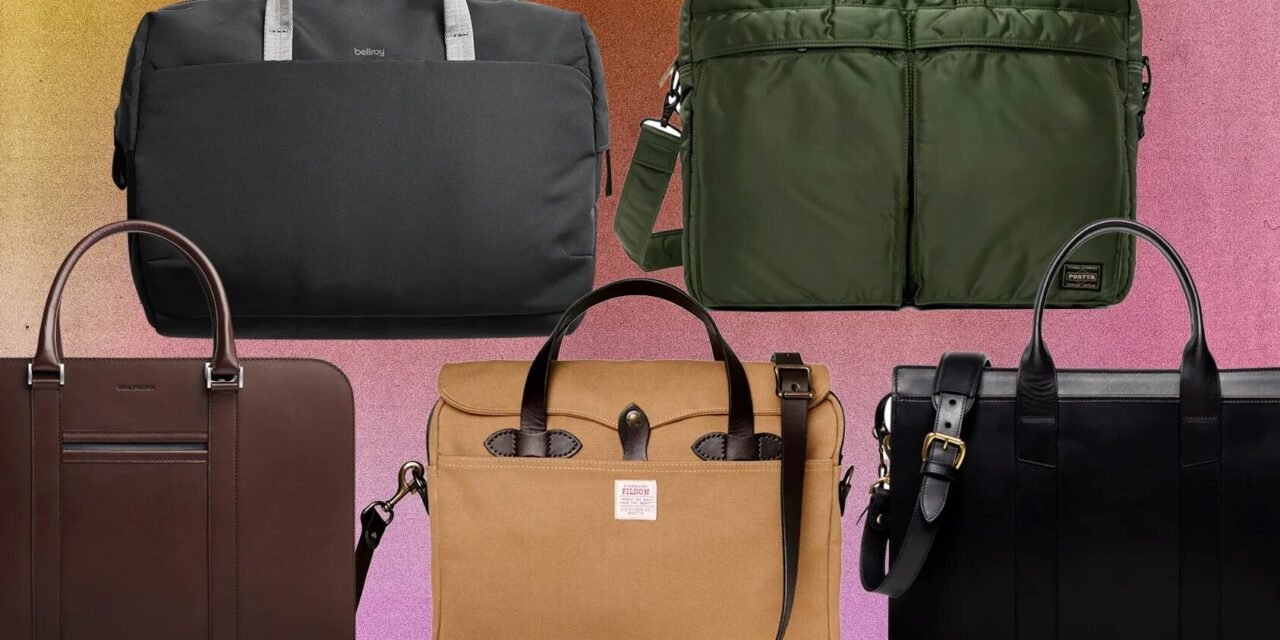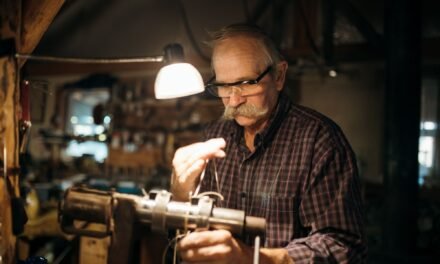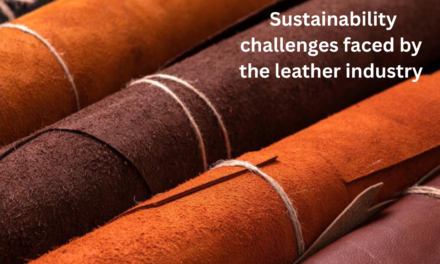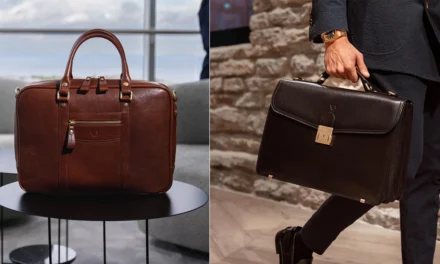The durability and quality of leather briefcases are rigorously tested to ensure they meet both industry standards and consumer expectations for strength, longevity, and performance. Testing processes involve evaluating various properties of leather and its components, such as resistance to wear, water, stretching, and environmental stress. Below are the key methods and tests used to determine the durability and quality of leather briefcases:
1. Leather Material Quality Tests
These tests focus on the strength, finish, and overall integrity of the leather itself, ensuring it is suitable for long-term use in briefcases:
- Tensile Strength Test
- This measures how much stress the leather can withstand before tearing. A sample of leather is pulled under tension in a controlled environment to assess its breaking strength.
- Higher-quality leathers like full-grain and top-grain leather show greater tensile strength compared to lower-grade alternatives.
- Tear Resistance Test
- This test evaluates how resistant the leather is to tearing or puncturing under pressure. It ensures the leather can handle the weight and daily stress of carrying laptops, documents, and other essentials.
- Standard: ASTM D4704 or ISO 3377.
- Flexing Endurance Test (Flexometer Test)
- Leather samples are repeatedly bent or folded under controlled conditions to simulate long-term wear. The test identifies cracks, splits, or changes in texture over time.
- High-quality leather resists cracking even after thousands of flex cycles.
- Abrasion Resistance Test
- Leather surfaces are subjected to rubbing under pressure to simulate daily wear and tear. This measures how well the finish and grain layer hold up over repeated use.
- Test equipment: Martindale Abrasion Tester.
- Water Resistance Test
- Leather is tested for its ability to repel or absorb water. For briefcases, manufacturers apply waterproof coatings or wax treatments, which are evaluated for effectiveness using:
- Spray Test: Water droplets are sprayed onto the leather surface to assess absorption.
- Immersion Test: The leather is submerged to check how long it can withstand water penetration.
- Leather is tested for its ability to repel or absorb water. For briefcases, manufacturers apply waterproof coatings or wax treatments, which are evaluated for effectiveness using:
- Stitching Integrity Test
- The durability of thread and stitching is tested by applying force at stress points (e.g., handle joints, straps).
- High-quality leather bags use reinforced nylon or waxed thread to ensure longevity.
2. Hardware Durability Testing
The hardware components of a leather briefcase—like zippers, buckles, locks, and handles—are tested for durability and performance:
- Zipper Cycle Test
- Zippers are opened and closed thousands of times to simulate real-world usage. High-quality zippers, such as YKK zippers, must function smoothly without jamming or breaking.
- Buckle Strength Test
- Buckles and clasps are subjected to force or weight to evaluate their breaking strength and performance under pressure.
- Handle Stress Test
- Handles are tested by applying heavy loads over prolonged periods to ensure they can withstand the weight without detaching or deforming.
- Corrosion Resistance Test
- Metal components (e.g., buckles, locks, rivets) are exposed to moisture and humidity to check for corrosion resistance. This ensures hardware durability in various environmental conditions.
3. Structural and Load-Bearing Tests
To test how well a leather briefcase performs under load-bearing conditions and over time, the following tests are conducted:
- Weight Capacity Test
- The bag is loaded with heavy items (e.g., laptops, books) to test how much weight it can safely hold without tearing the seams, handles, or straps.
- Drop Test
- The loaded briefcase is dropped multiple times from various heights to check for damage to the leather, stitching, or structure.
- Handle Fatigue Test
- Handles are repeatedly lifted and pulled under weight to simulate years of usage. The durability of the stitching and attachment points is evaluated.
4. Environmental Resistance Tests
Leather briefcases are tested for resistance to various environmental factors to ensure durability in different conditions:
- UV Resistance Test
- Leather samples are exposed to ultraviolet light to evaluate colorfastness and fading over time. This ensures the leather retains its appearance after prolonged exposure to sunlight.
- Heat and Cold Resistance Test
- Leather briefcases are subjected to extreme heat and cold cycles to assess their structural integrity, flexibility, and performance under varying temperatures.
- Humidity Test
- Leather is exposed to high humidity conditions to test its resistance to mold growth and warping. Properly treated leather with wax coatings performs well under humid conditions.
5. Chemical and Finish Testing
Leather finishes, dyes, and coatings are tested for their durability and chemical resistance:
- Color Fastness Test
- This measures the leather’s resistance to color bleeding or fading when exposed to water, sweat, or rubbing.
- Standard: ISO 11640.
- Chemical Resistance Test
- Leather is tested for resistance to exposure from oils, detergents, and solvents to ensure that stains or accidental spills do not degrade the finish.
- pH Balance Test
- The leather’s pH is tested to ensure it is within a safe range, preventing issues like deterioration or chemical reactions over time.
6. User Simulation Testing
Simulated real-world conditions are applied to test the briefcase’s overall quality:
- Repeated Opening/Closing: Flaps, magnetic closures, and zippers are tested for daily repetitive use.
- Wear Simulation: Machines simulate daily carrying, scraping, and bumping to assess long-term durability.
- Laptop Fit Test: The size and padding of compartments are tested to ensure proper protection for laptops and tablets.
Conclusion
The durability and quality of leather briefcases are tested through a series of rigorous assessments to ensure they meet functional and aesthetic standards. These tests evaluate the strength of the leather, resilience of hardware, stitching integrity, and environmental resistance to guarantee that the final product can withstand daily wear and tear while maintaining its premium appearance and structural integrity over time. Brands that perform these tests can assure consumers of a high-quality, long-lasting product.
Hashtags
#LeatherGoods #HandcraftedLeather #DurableDesign #LeatherLifestyle #LuxuryBriefcase #SustainableFashion #LeatherAccessories #HighQualityLeather #LeatherLove #DurabilityTested #PremiumLeather #CraftsmanshipMatters #Longevity #GenuineLeather #ExquisiteDesign #SustainableStyle #LeatherLuxury #QualityGuaranteed #TimelessStyle #LeatherPerfection #BuiltToEndure







